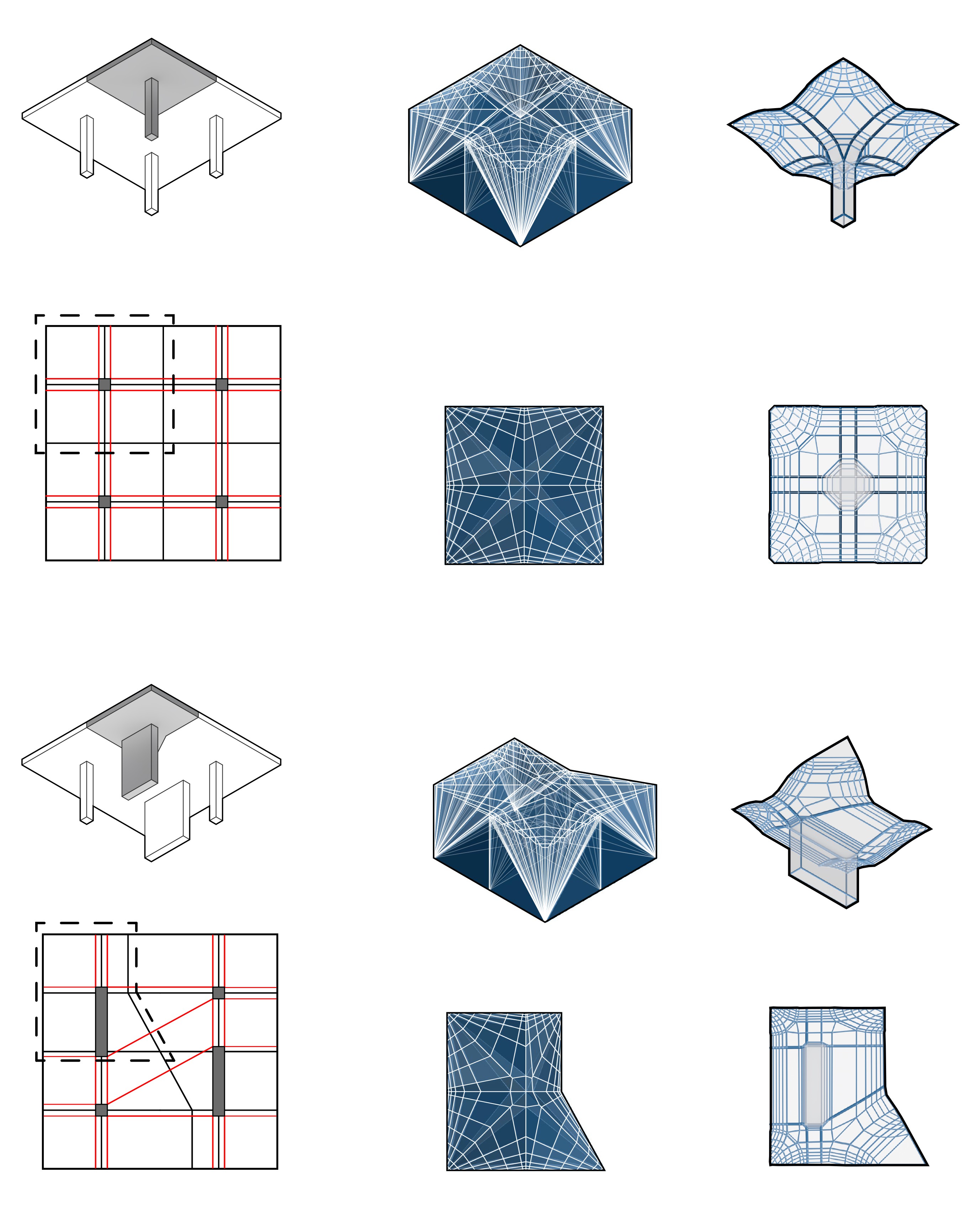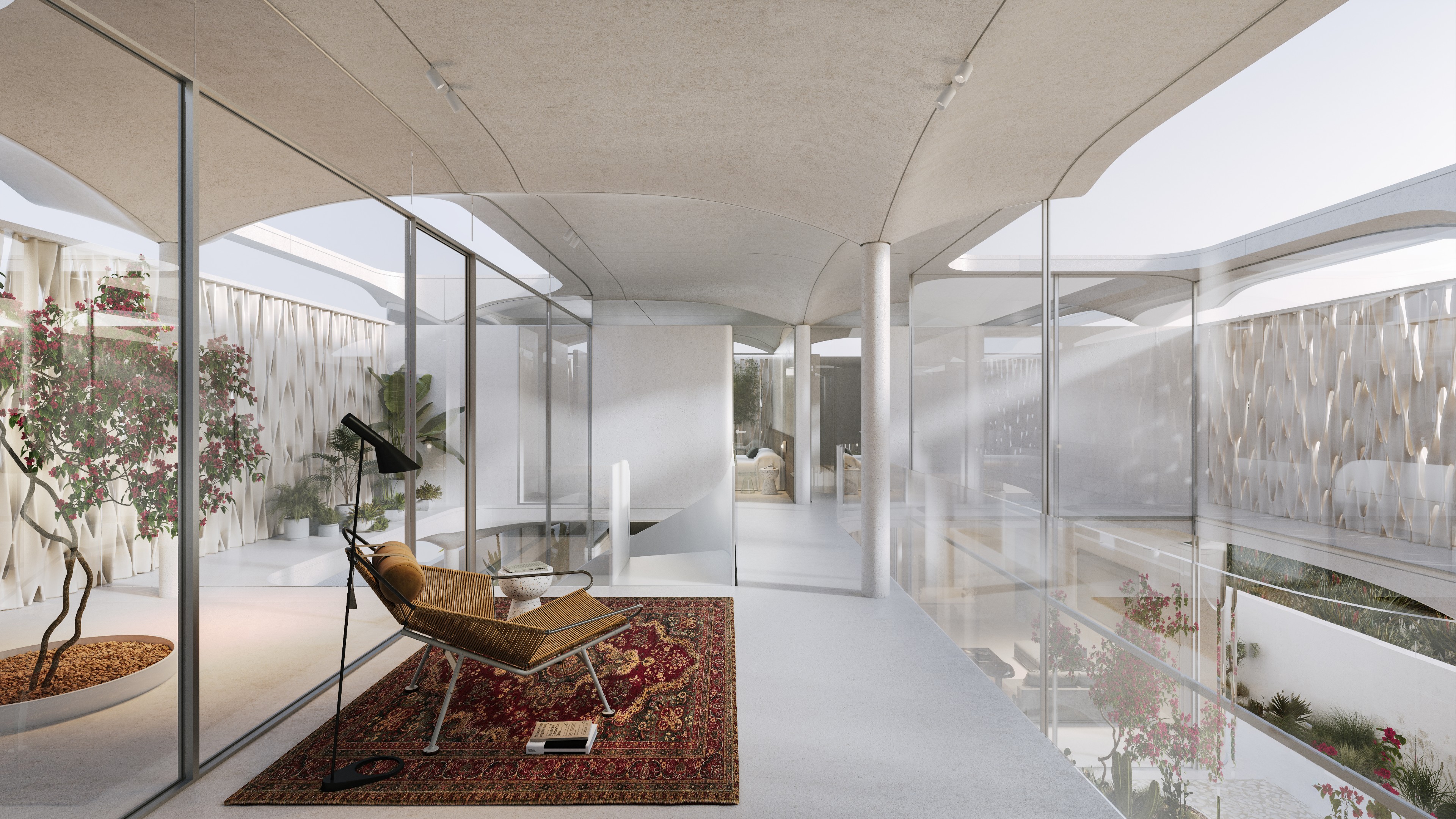
The Light-Kit House is a comprehensive modular design strategy for a modular house in Dubai with a minimal carbon footprint by incorporating multiple innovative approaches.
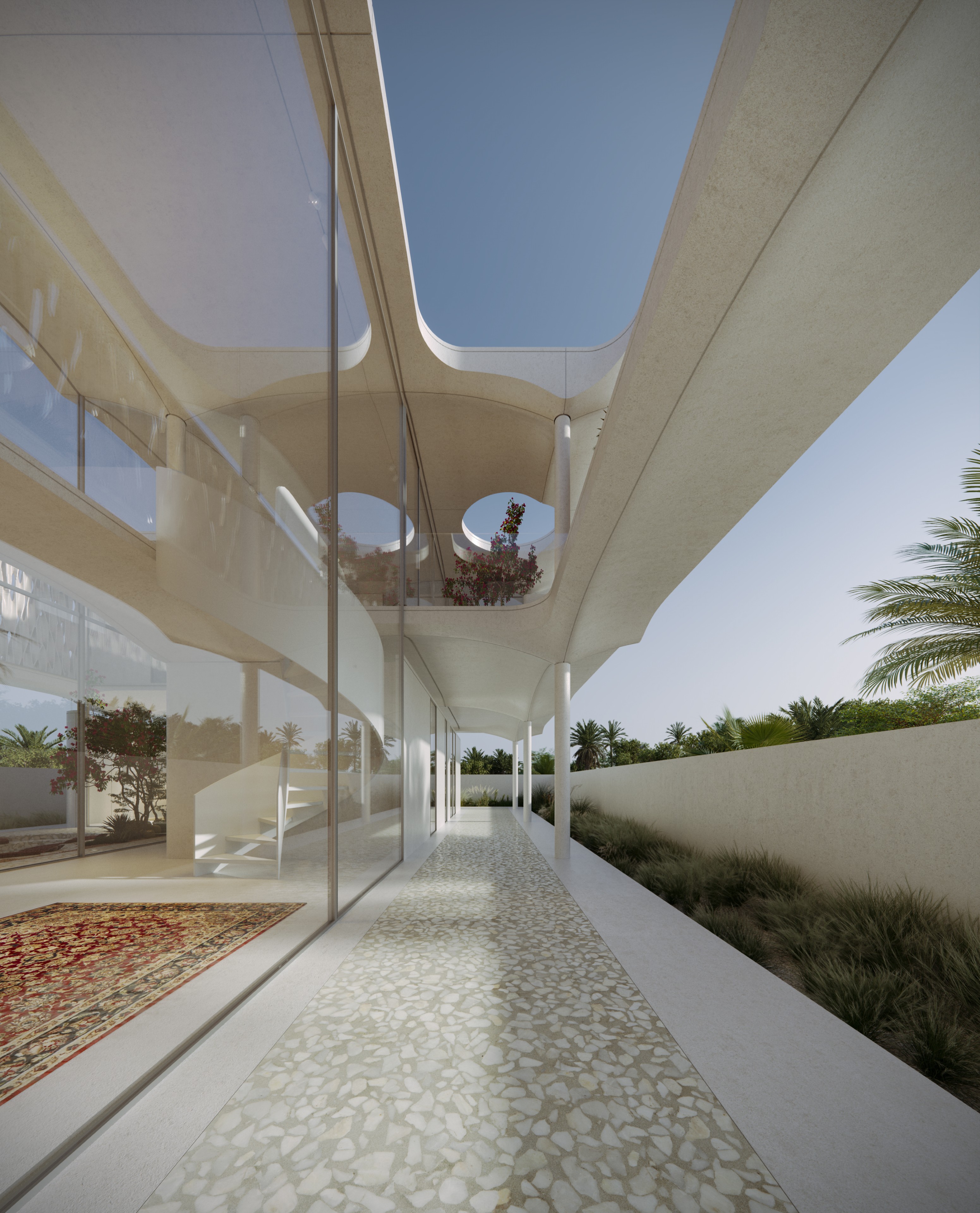
A high-performance, prefabricated, funicular floor structure with 50% less mass concrete compared to conventional systems.
A kit of parts that assemble into a variety of different configurations.
A novel design that exploits thermal mass, adaptive envelope.
An electrified building systems with heat pumps to reduce operational energy over the building’s life cycle.
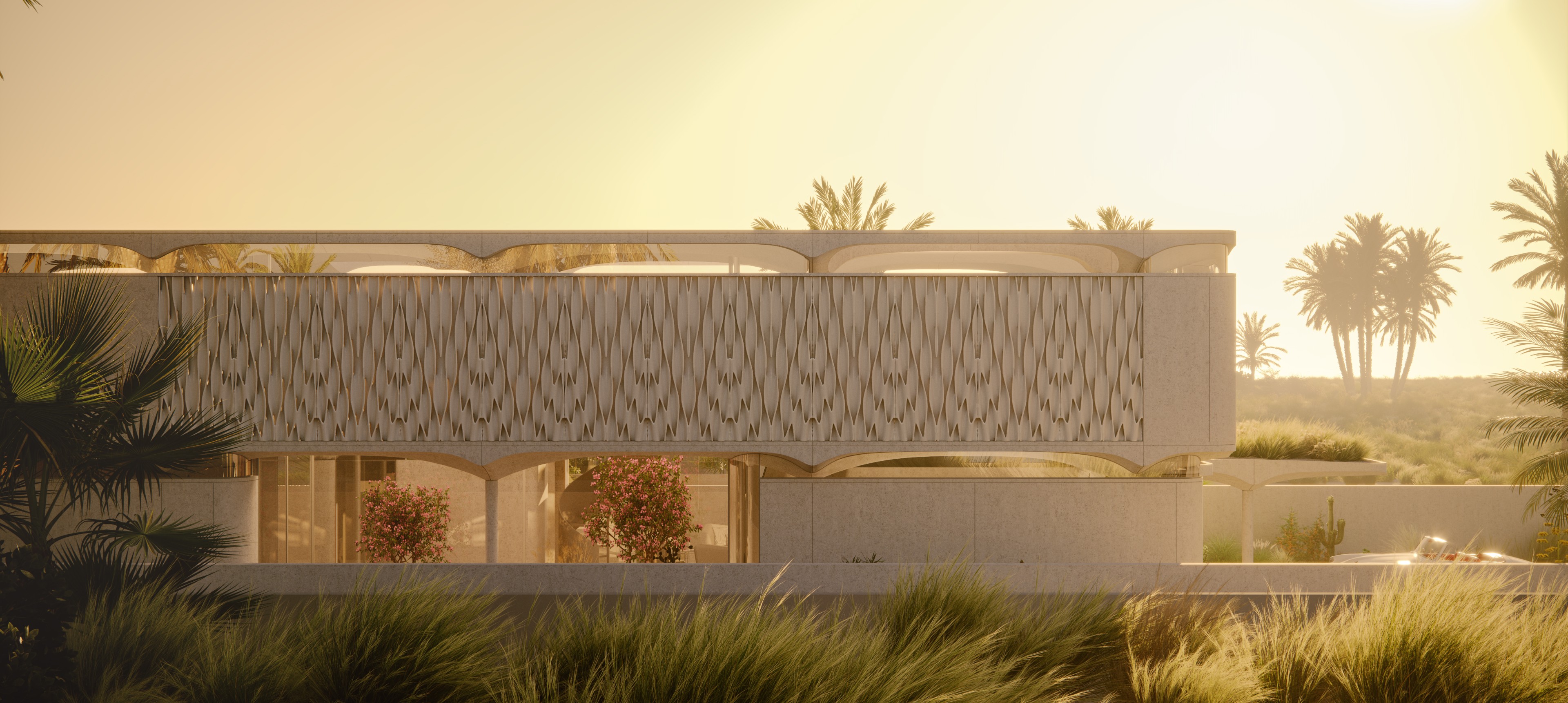
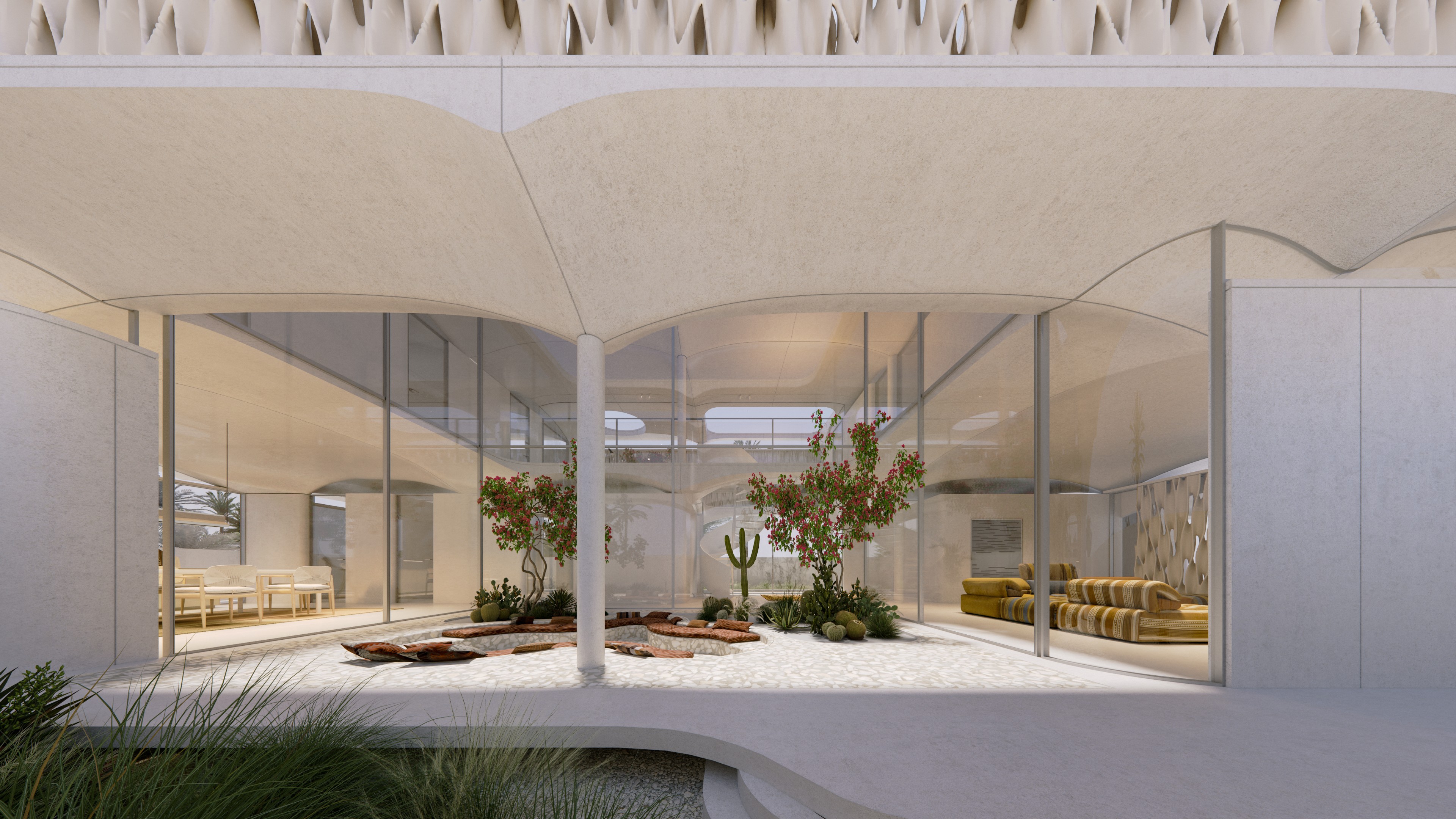
The building structure consists of prefabricated floors, columns, and wall systems. The floor modules are designed to have compression-dominant structural behavior, similar to vaulted geometries of domes and ancient Middle Eastern designs.
The compression-only systems have been developed using polyhedral graphic statics and extended from columns to walls. The combination of columns and walls accommodates various building needs, such as transferring the mechanical, electrical, and plumbing works from one floor to the next or incorporating lateral stiffness for the structural stability of the building.
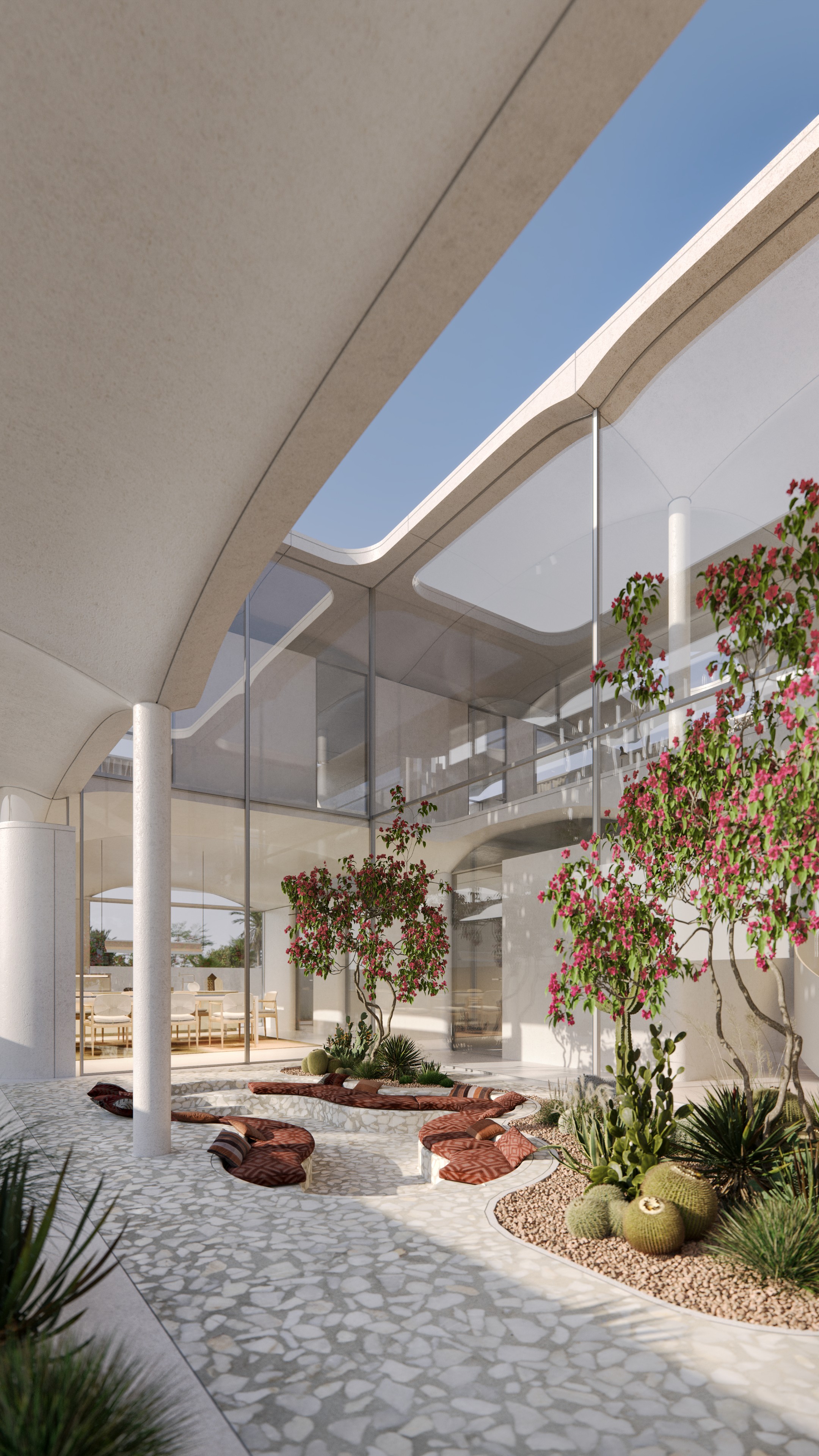
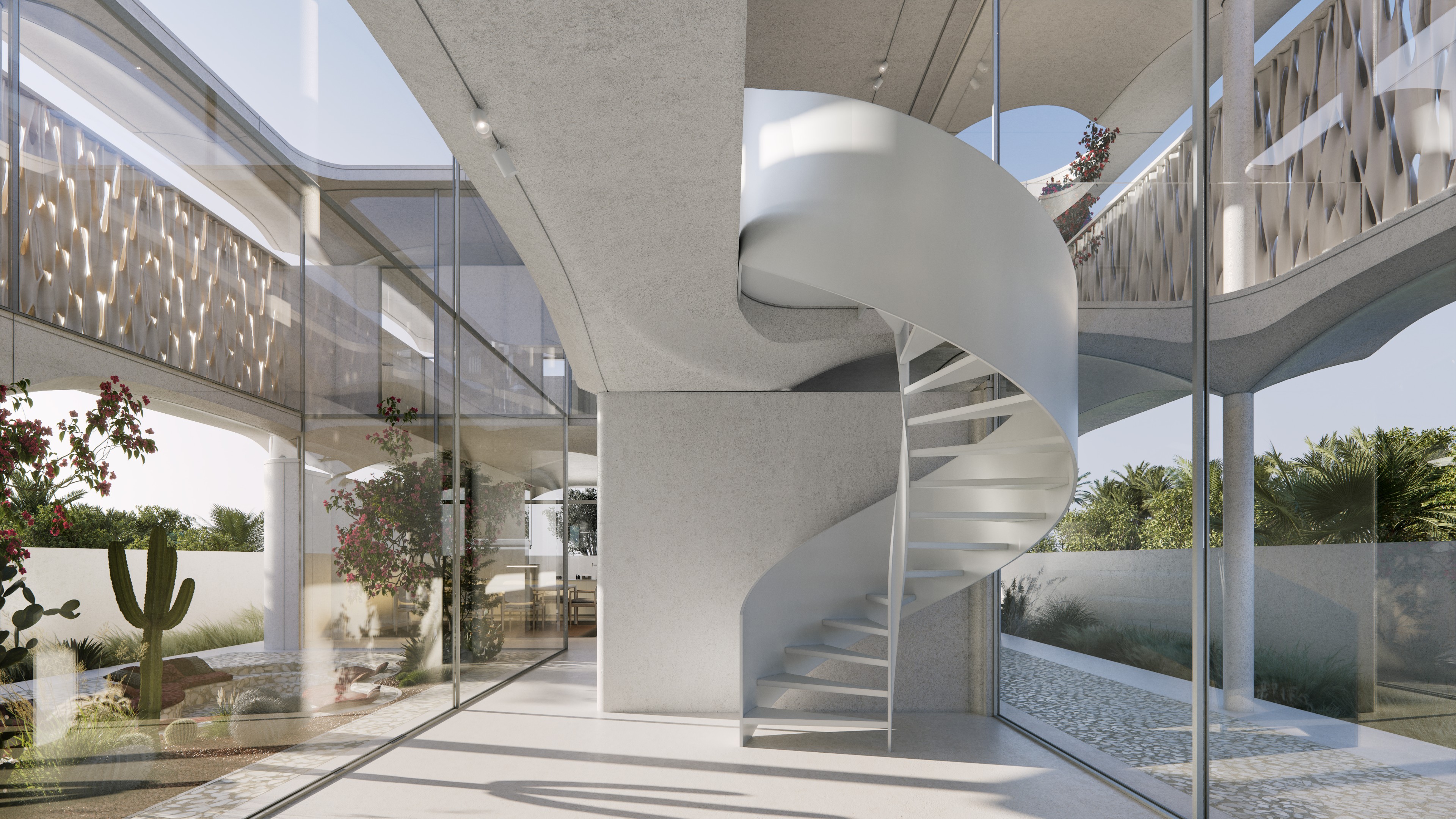
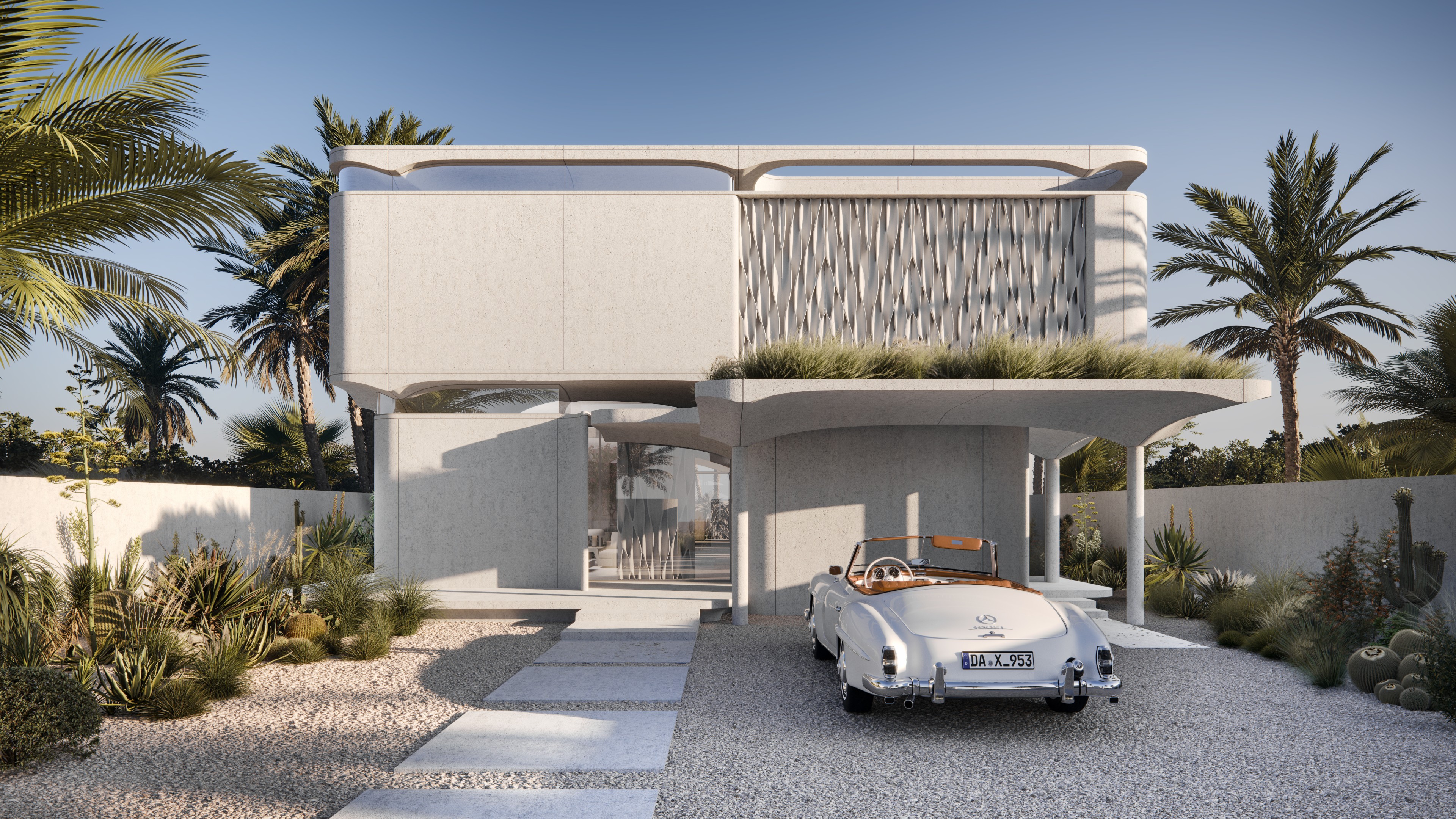
The compression-dominant floor can reduce construction materials by 50% and the building’s embodied carbon. The structure follows a 5x5m grid that can be stacked into two or three stories and take different configurations on the plan to accommodate various performance and design needs. By optimizing the design, mass savings are propagated to all the lateral and foundation systems of the structure.
The floor modules can be adjusted to incorporate openings, edge conditions, and even hallways to connect various parts and programs within the house. The secondary walls can be added to divide the space bounded by the columns into smaller programs such as bedrooms, restrooms, and other facilities within the house. Some of these walls can be extended later after the completion of the first part of the house. This strategy allows for the expansion of the house into more units in the future. Since the floor systems span a five-by-five-meter space, they create a generous space, creating various spatial possibilities for architectural use and programs.
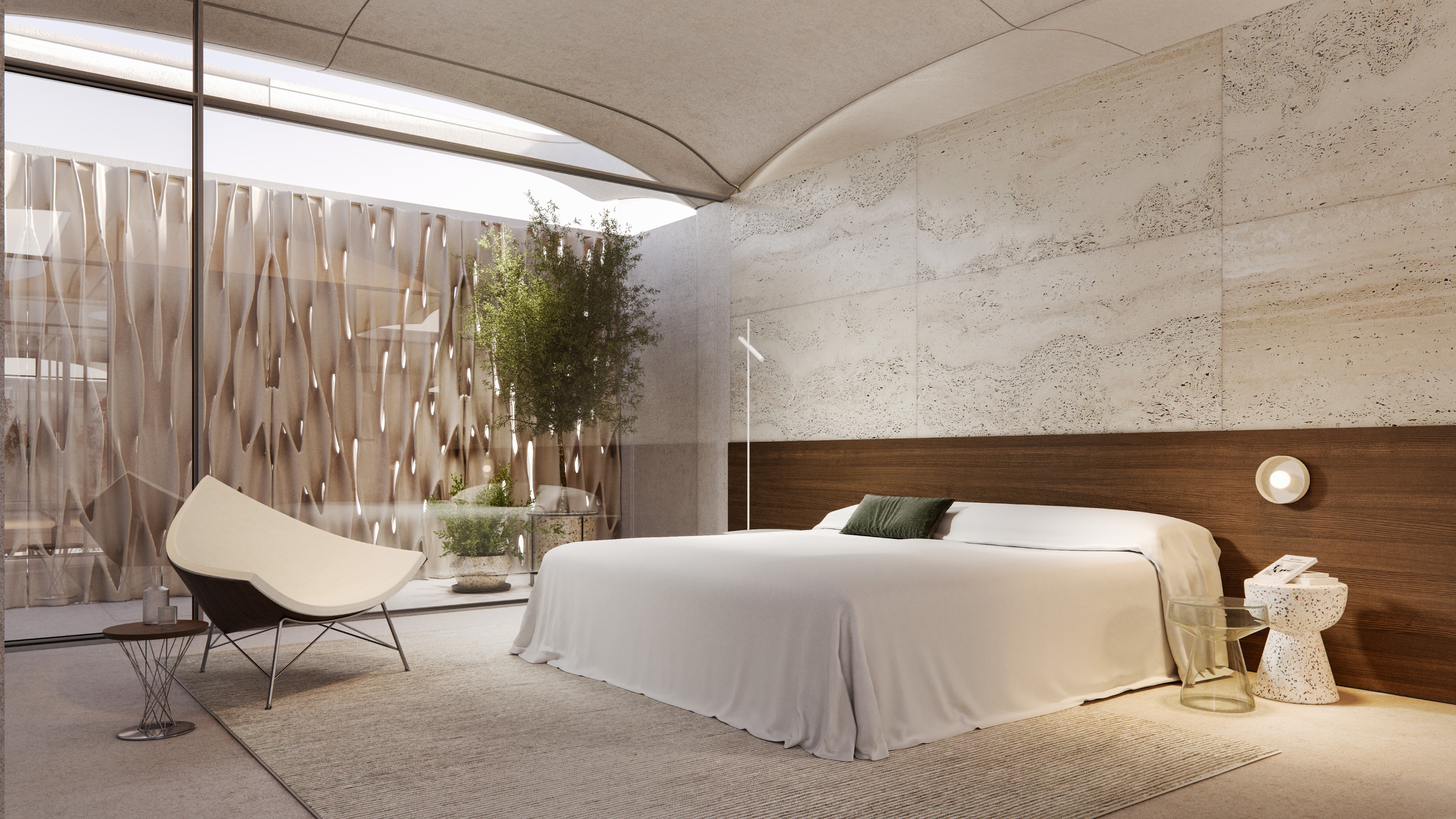
Design Team
Dr. Masoud Akbarzadeh
Visualization: Fortes.vision
In Collaboration with
Polyhedral Structures Laboratory, Lucy Luxin Zhong, Hua Chai for Design
Thermal Architecture Lab, Dr. Dorit Aviv, Ji Yoon Bae and Texas A&M University, College of Engineering , Zheng O’Neill for Climate Analysis
University of Pennsylvania, School of Engineering – Dr. Shu Yang, Dr. Kun-hao Yu for material research
Keiren Timberlake Architecture, Ryan Welch for Energy Analysis



